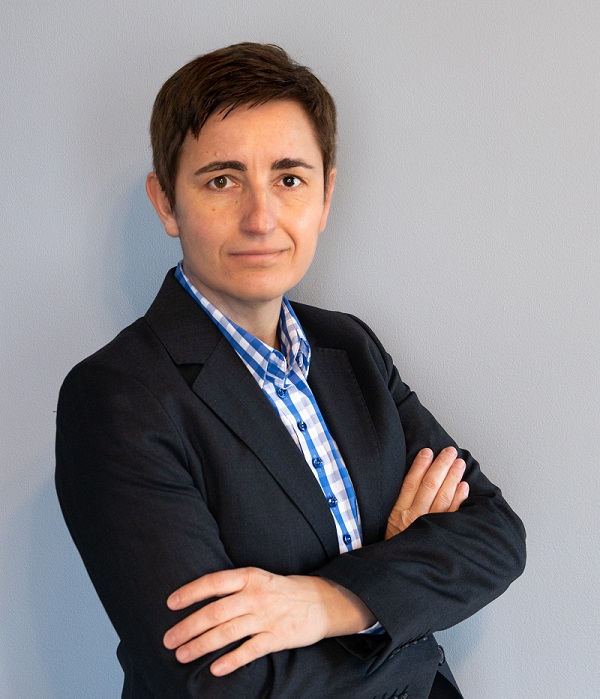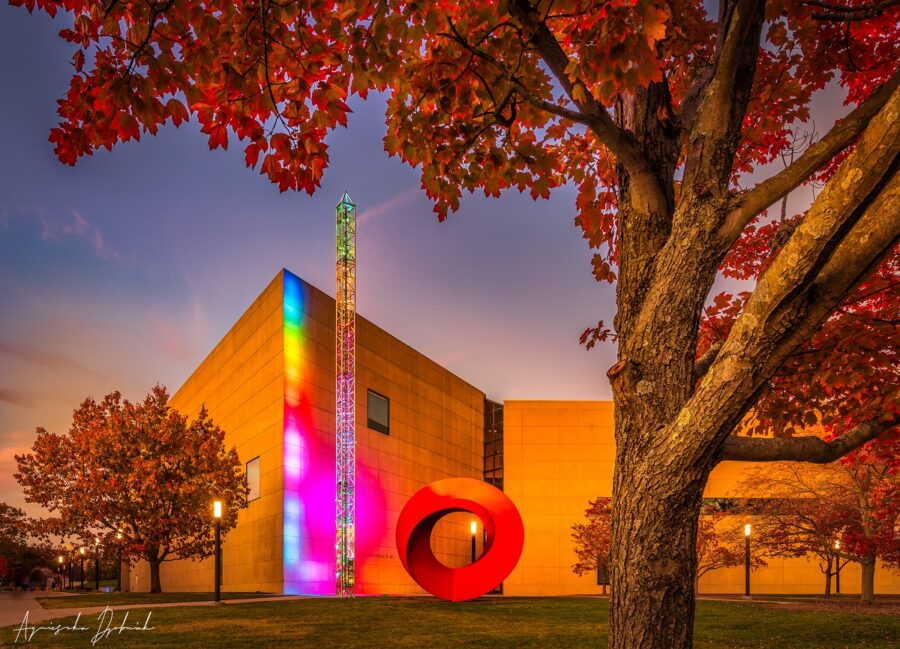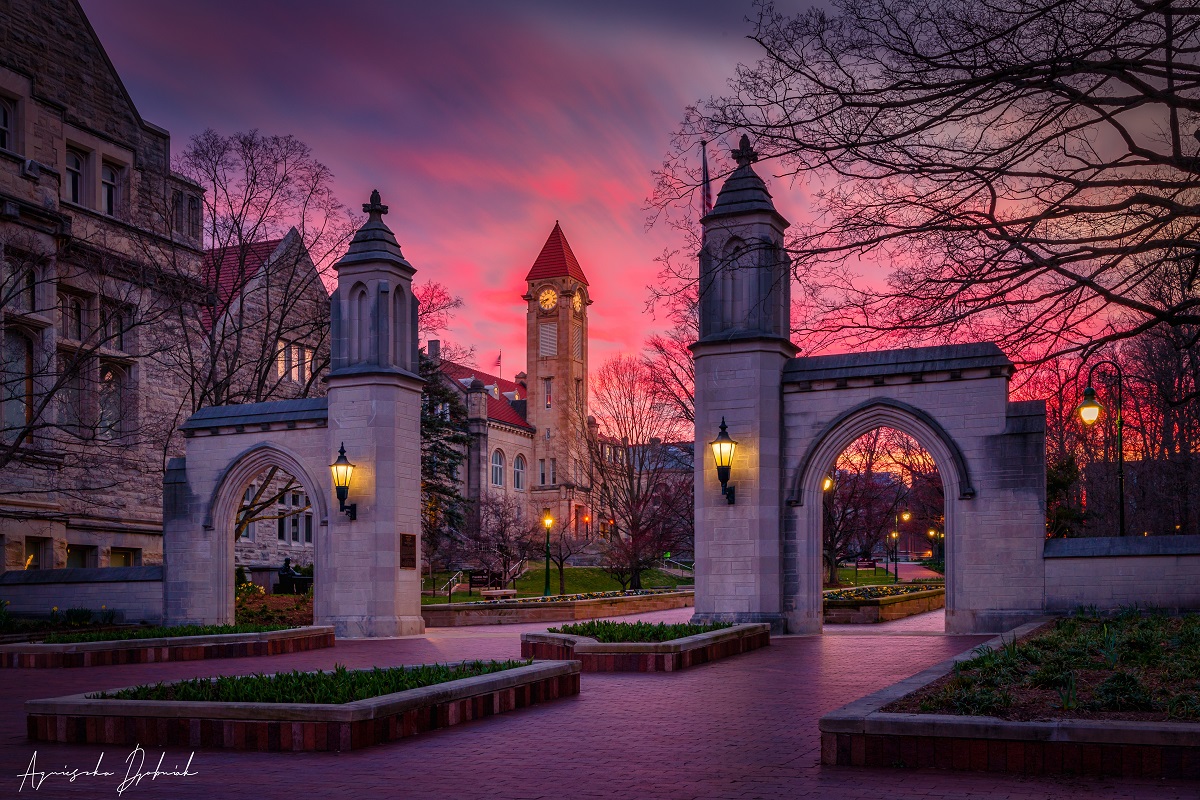
Agnieszka Drobniak, PhD Eng. | private archive of A. Drobniak
| Weronika Cygan |
Biomass is a fairly broad concept that has been gaining more and more popularity recently. For years, the fuels obtained from it have been studied by Agnieszka Drobniak, PhD Eng. – geologist, who after more than 20 years of work in the United States, came to Poland to, as a member and co-founder of the Centre for Biomass Energy Research and Education (CBERE) of the University of Silesia, implement a project financed under the ‘Polish Returns 2021’ programme of the Polish National Agency for Academic Exchange (NAWA).
Renewable energy source
“You can do many things with biomass. Not only is it burned for heating, but it can also be gasified”, says A. Drobniak, PhD Eng. She points out its advantages, especially the fact that it is a renewable energy source. This feature is particularly desirable in the modern world struggling with climate change. The researcher emphasises that research on biomass fuels is still a young field, but, despite that, it is dynamically developing.
The very concept of biomass is a spacious box that can contain many different elements. What they all have in common is that they are biodegradable and most often come from waste, incl. agricultural and forestry production or various industries. Thus, biomass includes residues from sawmills where wood or livestock faeces are processed. Especially in the latter case, there are additional advantages to using this resource – in addition to providing energy, it also solves the problem of leftovers that would not otherwise be disposed of as efficiently.
Providing clean fuel
In the USil Centre for Biomass Energy Research and Education pioneering research in the field of microscopic biomass analysis is carried out. A. Drobniak, PhD Eng. who is a member and co-founder of the centre, recalls how the idea of creating CBERE was born.
“It started with Prof. Iwona Jelonek and Zbigniew Jelonek, PhD from the University of Silesia becoming interested in the quality of charcoal briquettes used for barbecuing. They then extended their research to wood pellets, mainly used as a heating source. Scientists quickly realised how contaminated some of these fuels were. It was then that the idea appeared to use optical microscopy in the analyses”, says the researcher.
As part of the Centre, the geologist will implement a project on the quality of solid fuels produced from biomass and the impact of using these fuels for energy purposes on the environment and users’ health. The project received funding from the NAWA ‘Polish Returns 2021’ programme. The aim of the programme was to create opportunities for outstanding Polish scientists, who have been working at foreign universities for many years, to return to the country and take up employment at Polish universities.
The American-Polish perspective
Drobniak, PhD Eng. brings to CBERE over twenty years of experience from working at the American Indiana University, where together with Prof. Maria Mastalerz (also a member of the Centre) and in cooperation with scientists from the University of Silesia, she conducted research on various energy sources – coal, oil, gas and, in recent years, biomass. Their work proved that biomass fuels can contain a lot of pollutants, including carcinogenic substances, and emit suspended dust during combustion, extremely harmful to the human body. “We found residues of plastics, tires and varnishes in pellets. How these fuels are produced and used influences their quality and how they affect our health and the environment”, noted the geologist.
Established in the spring of 2022, CBERE intends to expand its cooperation by establishing relations with numerous research centres not only in the country, but also with units operating on other continents. “We already cooperate with the United States Geological Survey and universities from Denmark, Great Britain, USA and Poland. Soon, more than 30 institutions will join the research project, including universities and laboratories from China, Mongolia, Australia, Rwanda, Portugal, Turkey, Germany, Bulgaria, Mexico, India, Canada and Slovenia”, emphasises A. Drobniak, PhD Eng. who herself brings the American-Polish perspective to the Centre.
Over the years of working in the United States, the geologist has gained valuable experience and knowledge in the field of fuel research. “For years I have worked with people from all over the world, which will also translate into the activities of the Centre”, says the researcher, who together with Prof. I. Jelonek and Z. Jelonek, PhD have already published seven scientific articles.
Although the Centre for Biomass Energy Research and Education has only just started operating this year, it is already working intensively. “Our team proposed, among others research methodology and classification of biomass fuels, which are the basic contribution to the preservation of high-quality, low-emission energy products”, summarises A. Drobniak, PhD Eng.
For many years, Indiana University was the place of work for Agnieszka Drobniak, PhD Eng. The buildings of this facility were immortalised by the researcher in numerous photos. As a photography enthusiast, she happily shares her works on the website Locationscout.

Eskenazi Museum of Art at Indiana University | Photo by Agnieszka Drobniak

Sample Gates – entrance to Indiana University campus | Photo by Agnieszka Drobniak





